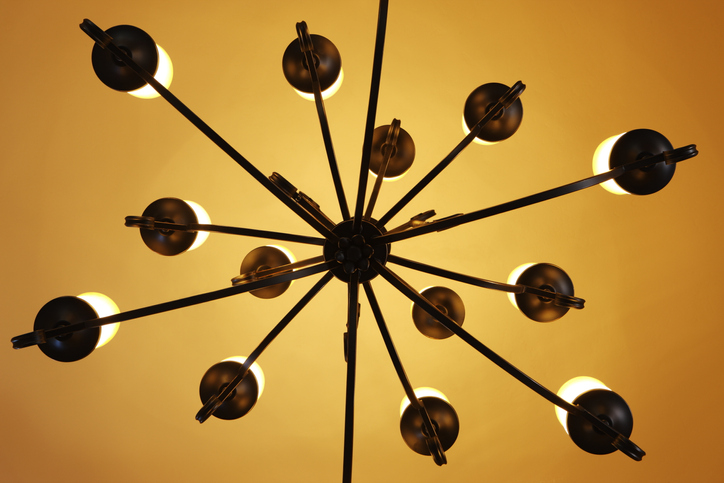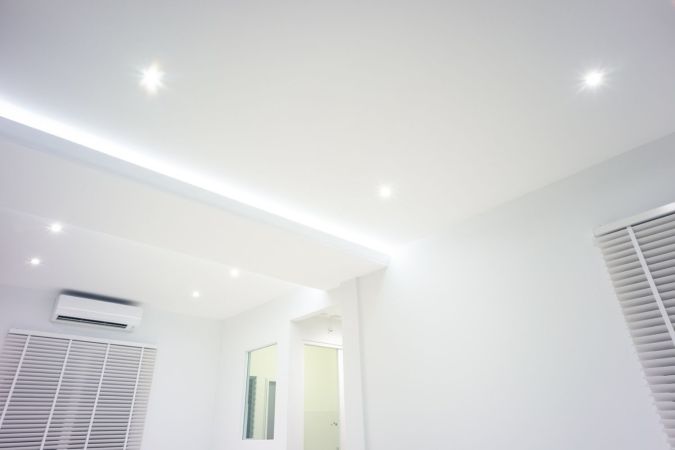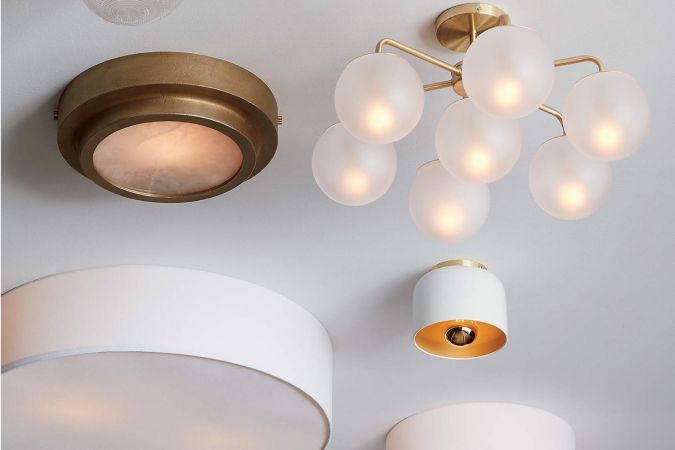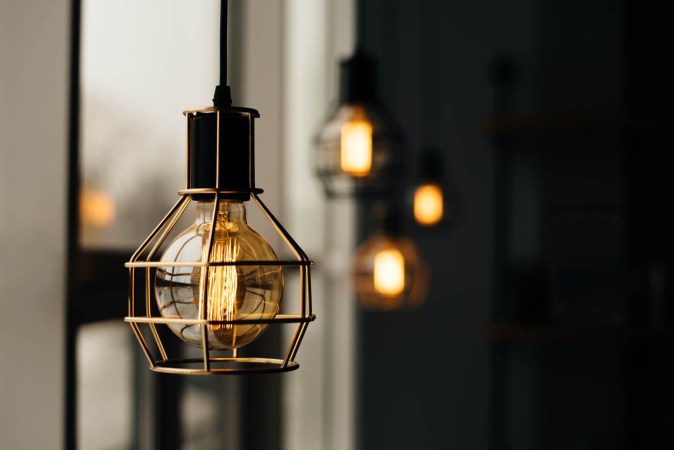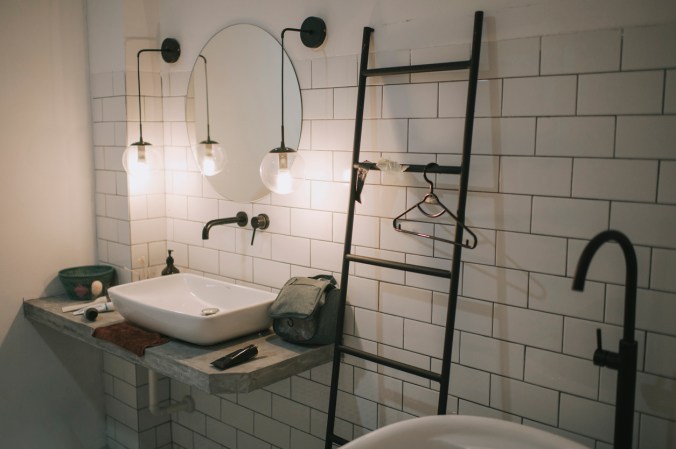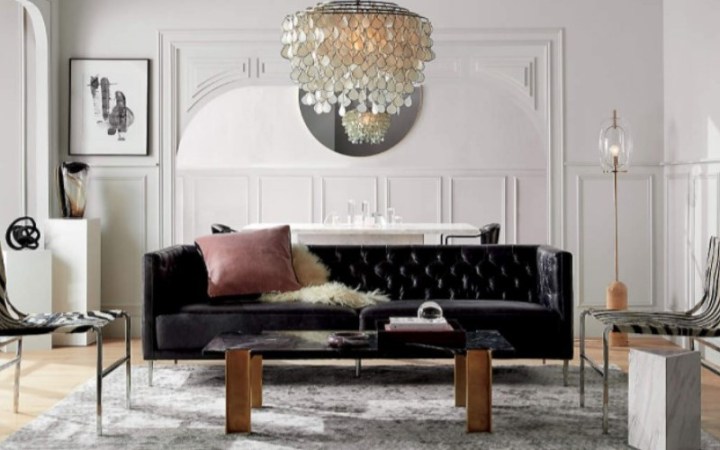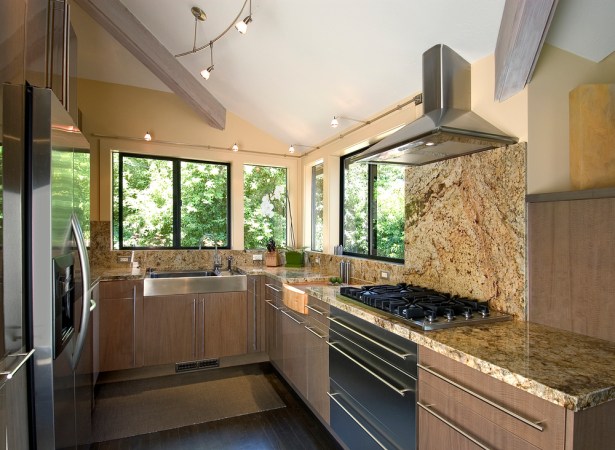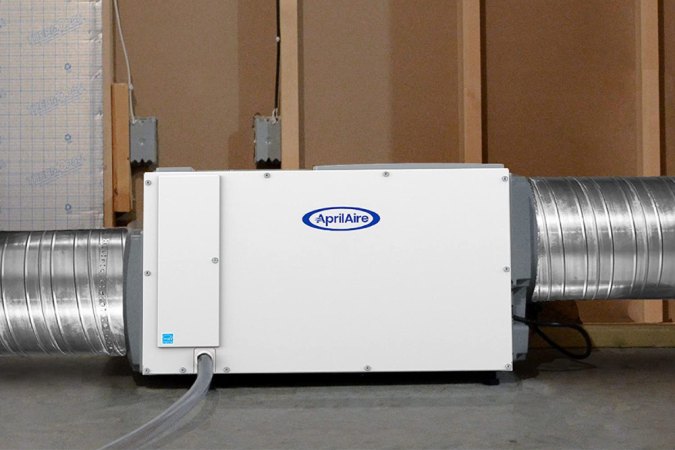We may earn revenue from the products available on this page and participate in affiliate programs. Learn More ›
Does your lighting design date the appearance of your home? Here’s a bright idea: Change out the fixtures (or even just the bulbs) to refresh a room or the entire home with more complementary lighting that suits the style of your dwelling.
Lighting can completely change the look of a space. With a few simple changes, you can take a home from outdated to up-to-the-minute. Yet the prospect of updating your indoor light fixtures may seem intimidating, especially if you’re trying to stick to a renovation budget. This guide walks you through the factors you should consider when changing the form and function of your home lighting.
RELATED: Bye 2022: Home Design Trends to Ditch in 2023
1. Lighting should fit your design style.
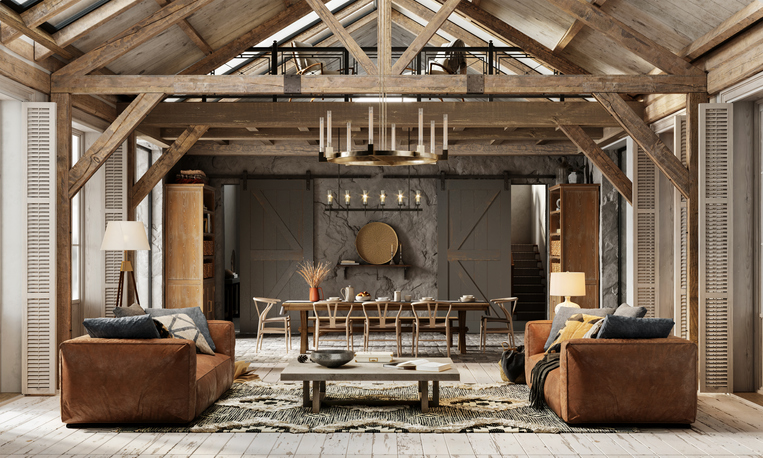
It’s easier to select light fixtures when you know your interior design style. In fact, if you’re unsure of your aesthetic, selecting new light fixtures is a great way to help you build and define your style. Upgrading your lighting also gives you the chance to move away from previous design aesthetics and establish something new and fresh. A defined style can guide you in choosing light fixtures that provide a cohesive look throughout your home.
There are many styles to choose from. Updating to a modern look? Keep it simple and sleek with the Modern Forms Cascade Matte Black Mini Pendant at Lamps Plus. Looking for cottagecore? Go with the Ableton Dimmable Classic / Traditional Chandelier in black or brass at Wayfair. Or if you’re just updating to something less dated but with wide appeal — ideal for homeowners looking to sell soon — try versatile styles like the Kichler Layla Brushed Nickel Transitional Chandelier at Lowe’s.
RELATED: 8 Common Lighting Mistakes Almost Everyone Makes
2. Look at current lighting design trends.
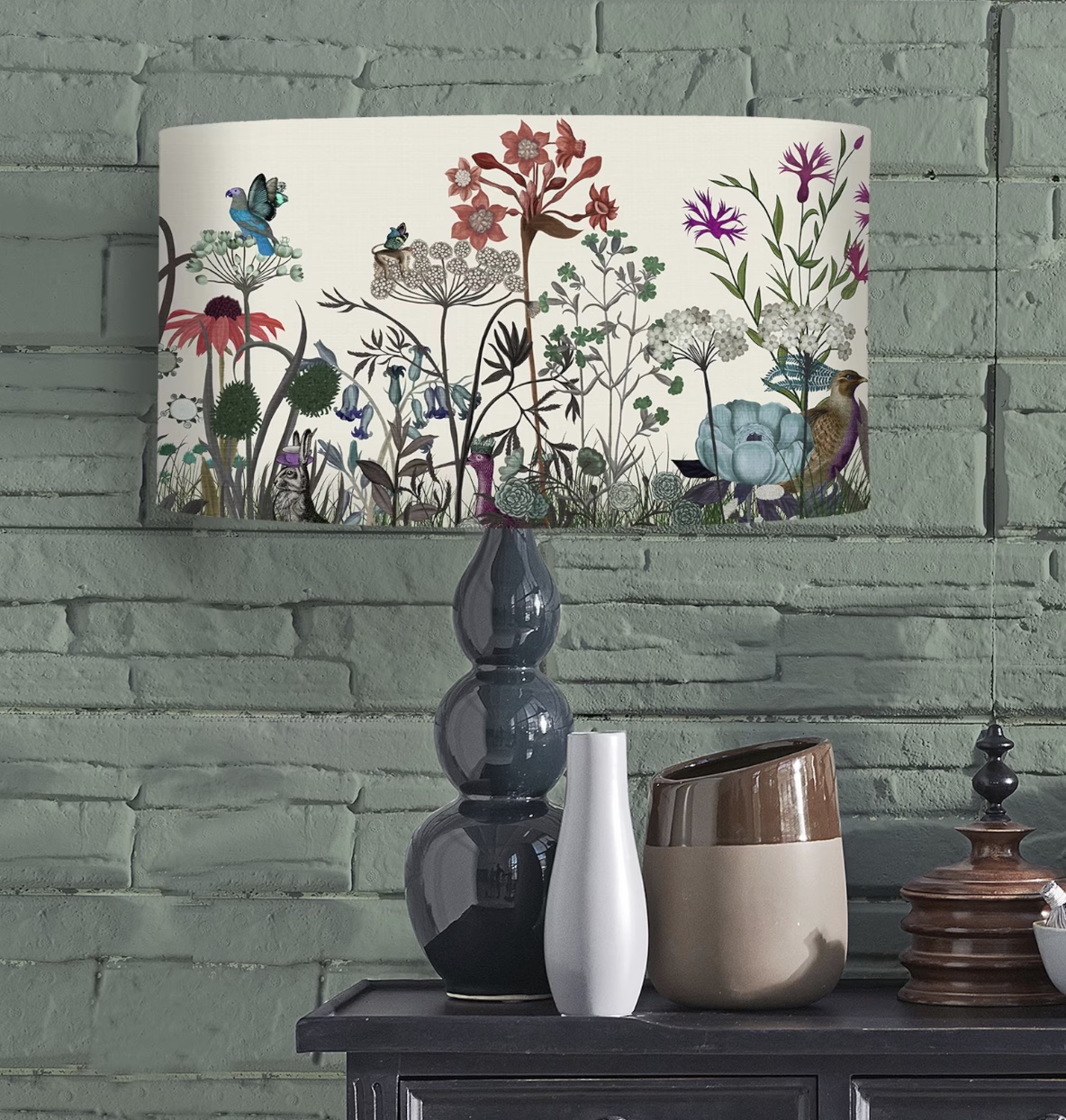
Are you up-to-date on the latest interior design trends? Pay attention to what’s hot now if you want your space to seem fresh and current. Lighting trends to watch in 2023 include statement chandeliers, aged brass and black finishes instead of dark bronze, layered lighting that is tailored to each room, pendant lighting beyond the kitchen island, gold and midcentury fixtures, and unique table lamps. Trends can often lead you in a direction you hadn’t considered and can help amp up the visual appeal of your space.
If you want to incorporate trends and your personal style while keeping your main fixtures, try wall sconces in the bedroom or bathroom and swap plain lamp shades for fun patterns that pull from your color scheme. We like this Wildflower Collection floral lamp shade by FabFunkyPillows at Etsy.
RELATED: 25 Illuminating Lighting Ideas for a Beautiful Kitchen
3. What type of lighting do you need or want?
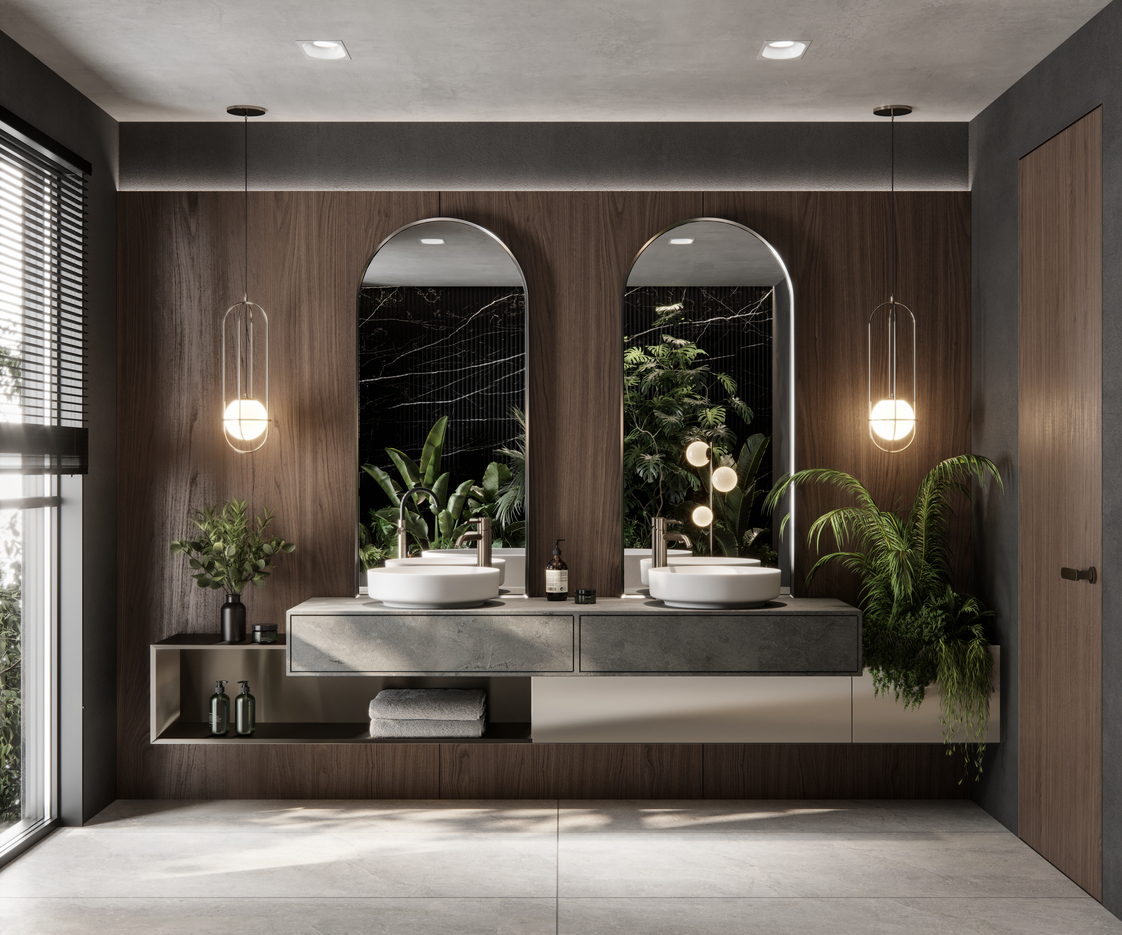
Not only should your new fixtures be stylish, they also need to provide the proper lighting for each space. You need to consider where you want ambient lighting, task lighting, or accent lighting in each area of your home. Skilled designers use a combination of these lighting types to achieve a layered effect. To determine your lighting needs, ask yourself: Who uses this room, what is it used for, and what kinds of lighting do they need? For example, which rooms need bright overhead lights to see daily chores or details? Where do you read or sew, requiring task lighting that’s targeted? What dark spots do you wish you could illuminate, like stair landings or closets?
When you’ve figured out the functional aspects of the lighting, give some thought to the mood you’re trying to establish. Color temperature is a significant factor in setting the mood of a space. Generally, warm white light (2000K to 3000K) creates a cozy atmosphere suitable for bedrooms and intimate spaces. In contrast, brighter light (3100K or greater) is better for task-oriented areas like home offices. For bathrooms, opt for light on the warm side, like the GE Relax 60 W Equivalent Dimmable Warm White bulb, a top choice in our guide to best light bulbs for bathrooms.
RELATED: The Best Under-Cabinet Lighting Tested
4. What types of fixtures are you looking for?
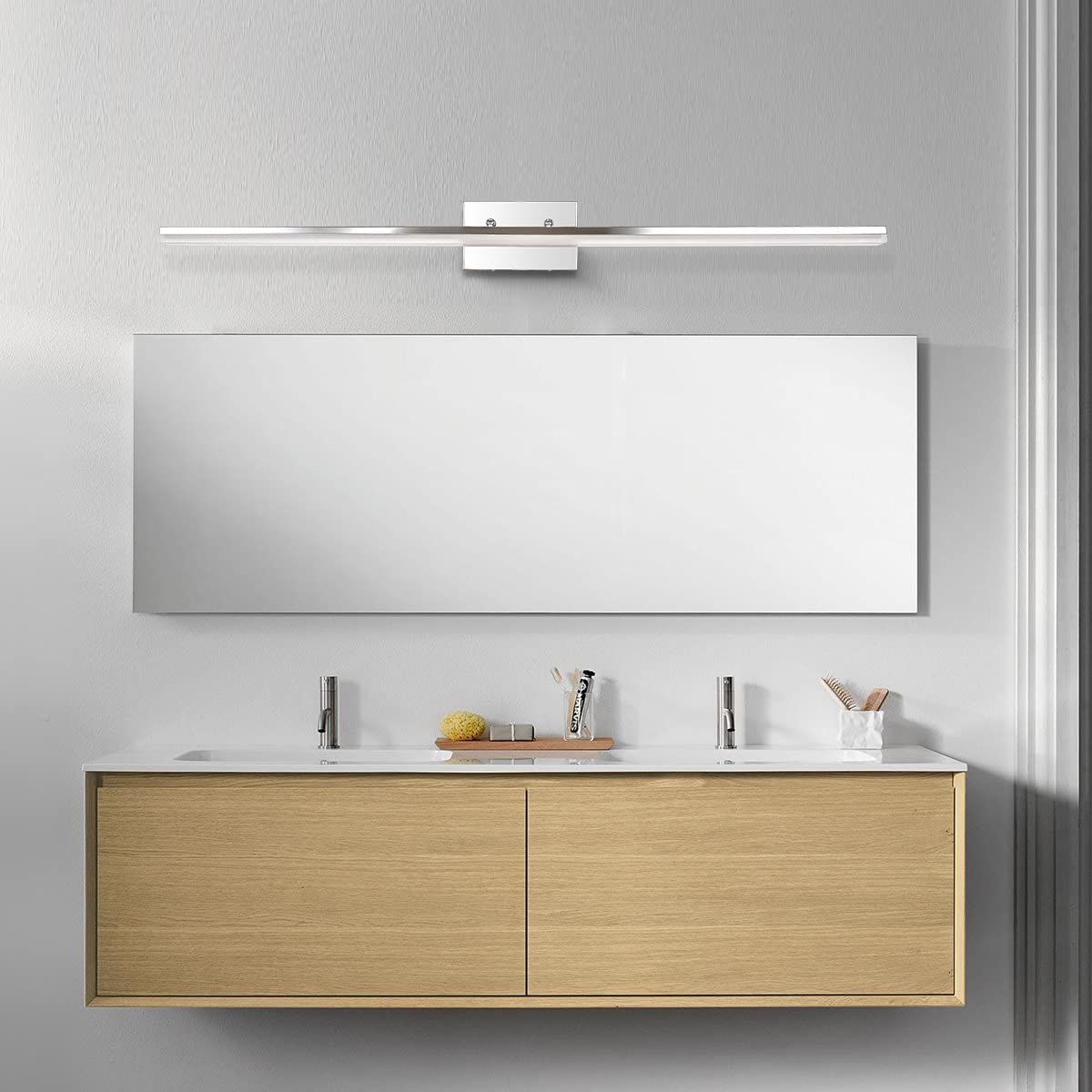
Once you’ve determined your functional needs, consider which types of fixtures you’d like to have in the rooms you’ve targeted for a lighting upgrade. Different rooms—bedrooms, dining areas, kitchens, entryways, bathrooms, and entertainment areas—tend to have different lighting needs. You may require flush-mount ceiling fixtures, chandeliers, vanity lights, track lighting, or other types of fixtures to achieve the desired outcome.
The abundance of choice can become overwhelming. If you want to keep things simple, look for updated styles of your existing fixtures. For example, switch out an old-school dome ceiling fixture for an inexpensive but updated transitional style LED flush mount or a semi-flush mount light. Or replace a builder-grade vanity fixture with its modern counterpart that provides a softer light, like the mirrea Modern LED Vanity Light at Amazon.
RELATED: 10 Bathroom Lighting Ideas for an Instant Update
5. Upgrade all your lighting fixtures at the same time.

If your house hasn’t seen a fixture update since it was built, now may be the time to swap out all of your home’s lights. Updating only a couple of fixtures will result in a muddled aesthetic. If you’re looking for a tremendous change, you should go all in on your fixtures.
Buying all the fixtures at the same time ensures that they will all be the same style and color. This can, however, get pricey, so you may want to either save up before making the splurge or opt for more economical fixtures or look for deals on multiples of the same fixture, like the 4-Pack Color Changing LED Flush Mount Lights, part of the Project Source inventory at Lowes. The best part about installing numerous identical or similar lights is that, by the end of the project, you will have become a real pro at installing those particular types.
RELATED: 12 Home Office Lighting Ideas for a More Productive Workspace
6. Updating one or two fixtures can make a difference.
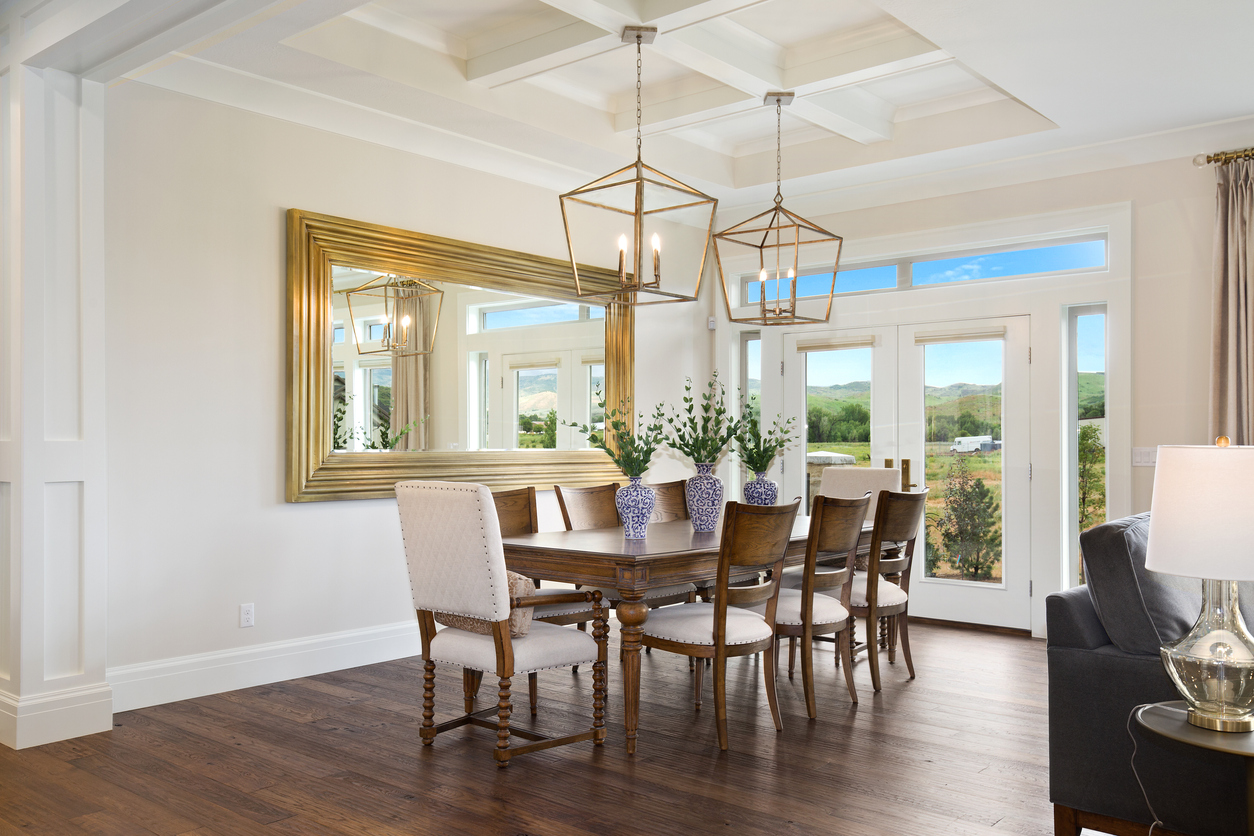
If some of your existing light fixtures are already good reflections of your aesthetic, or if you simply don’t have the funds to replace everything at once, you may want to switch out only one or two fixtures at a time. This can be an effective strategy, but you need to be selective about which ones you change.
Even if you plan on keeping some of your existing fixtures (for a while, at least), make it a priority to refresh the older ones that are really bringing down the look of the space, like fluorescent rectangles or the heavy oil-rubbed bronze fixtures of the 2000s. Start by replacing old chandeliers and dated statement pieces. If an old fixture is in decent shape, try listing it on a buy-and-sell group so you can recoup some of the cost of that new to-die-for piece.
RELATED: 7 Bright Ideas for Dining Room Lighting
7. Where should you start your lighting overhaul?
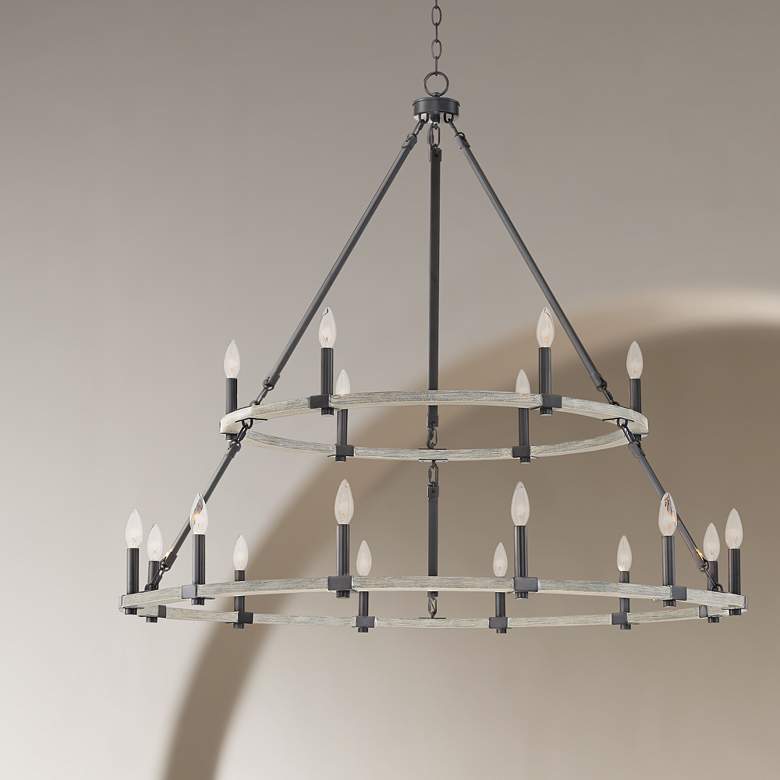
For an accurate assessment of your current lighting situation, turn on all the fixtures at night and do a walk-through to see which areas need improvement. You can start your upgrade in any room, but if you want everyone in the house to enjoy immediate benefits, start with high-traffic common areas, like family room, kitchen, or dining areas. That said, if you’re on a tight budget, you can begin in the bedrooms and replace fixtures slowly so you don’t create jarring contrasts in your home’s style.
You can also take inspiration from the rug trick that some designers use when they redesign a room. Instead of starting with the rug pattern and color scheme as the inspiration for the rest of the room, you could start with a statement fixture you love, like the Caroline Black and Wood 2-Tier Double Ring Chandelier at Lamps Plus, and use it to inspire the rest of the fixtures in your home. This means carrying over finishes, bulb shapes, glass color, size, or design style when you select the remaining fixtures.
RELATED: 13 Hallway Lighting Ideas that Work Even in Windowless Spaces
8. Create and stick to a budget.

Take time to create a realistic budget for your new lights. If you haven’t shopped for lighting recently, you might be surprised by the cost. Price points can range widely between styles, with flush-mounted ceiling fixtures on the cheaper end and opulent or arty pendant chandeliers at the high end. Determine how many lights you need in each room and your maximum budget for each light.
Shop around to see as many options as possible, and remember to factor in the cost of the bulbs for each fixture, as specialty light bulbs or harder-to-find sizes are generally more expensive. If you can’t afford the upgrade you want right now, save up so you don’t have to compromise on your vision.
RELATED: How Much Does It Cost to Install Recessed Lighting?
9. Where you should splurge.
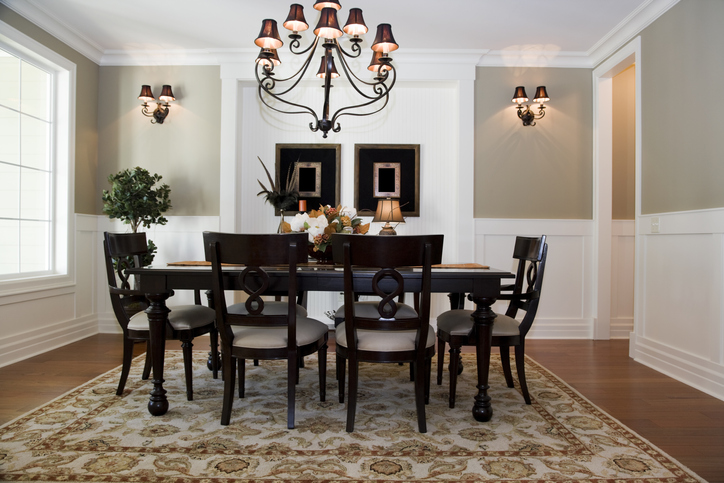
Usually, if you find a light fixture you love, that may be enough indication that it’s worth the splurge. That said, ask yourself if you will love it long-term. If your love is triggered by a short-lived trend, your affinity for a particular fixture may not last, so choose wisely. Seek out fixtures made from high-quality materials from a reputable manufacturer. Do your research to ensure that the fixtures you ultimately buy are worth the money you spent.
There are a few parts of the home where spending more on lighting really pays off. For instance, high-traffic areas warrant beautiful lighting, such as a statement pendant fixture in the foyer. Save the expensive fixtures for the most prominent locations. Spending big to upgrade the lighting in the laundry room has less of an impact, so you’ll generally want to choose a more economical style in these utilitarian spaces.
RELATED: Top Tips for Eco-Friendly Lighting at Home
10. When should you DIY?

Should you do a lighting fixture upgrade yourself? If your upgrades are simple—for example, if you’re replacing an old ceiling fixture with a similar one—go the DIY route. Follow our tutorial online that explains the best and easiest way to replace your lights. If you have a few basic skills and can follow directions, do it yourself and avoid the cost of hiring help. Many light fixtures come with instructions to make it easy for you to get it done right without the help of a pro.
RELATED: 10 Classic Ways to Brighten a Dark Room
11. Know when you need an expert.
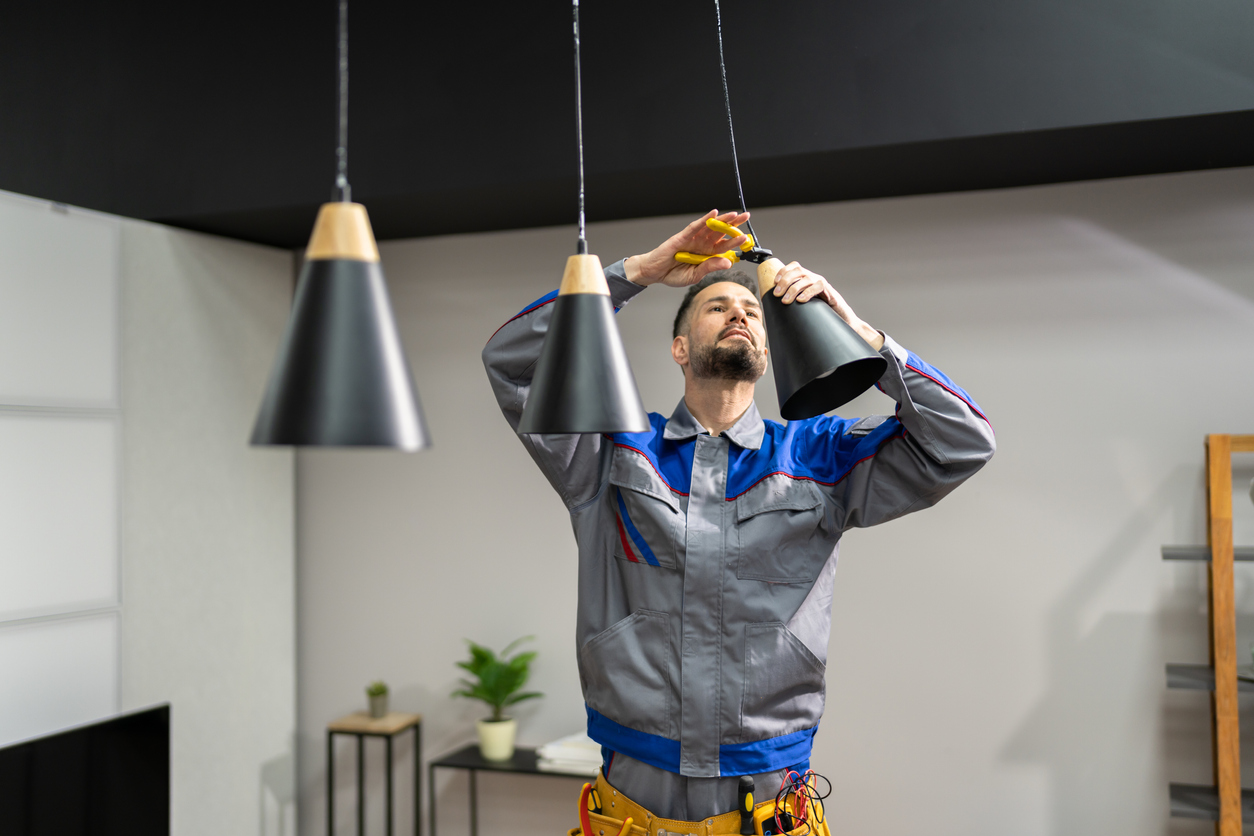
It’s always best to call a professional when you are unsure that you can handle a job, especially when dealing with electricity. If you pull down a light fixture and realize the wiring is old and needs updating, call in an expert. The same goes for installing recessed lighting or a massive lighting overhaul that requires skills you lack. If you’re out of your depth, get some help. It is better to pay to have the job done correctly than to let a DIY situation get out of hand and end up shelling out even more to correct rookie mistakes.
RELATED: How To: Devise a Lighting Plan
12. Be safe.
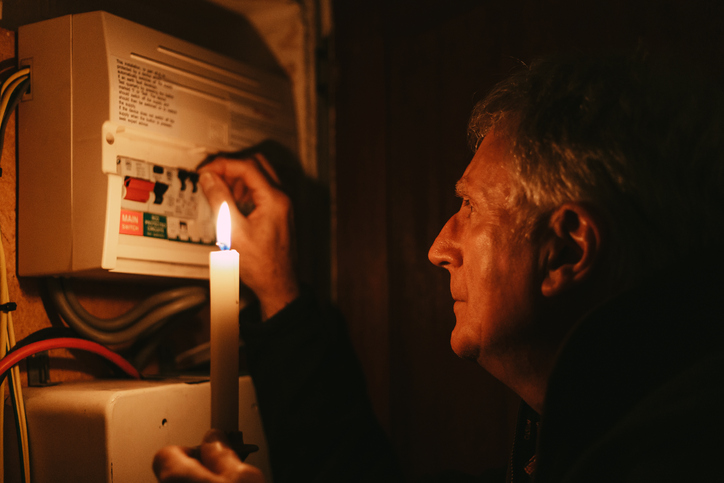
Before starting any lighting project, be sure you know how to safely do the job. When electricity is involved, it’s better to be overly cautious than to unintentionally harm yourself or others.
When changing out lighting fixtures, always follow basic safety measures: Make sure the breaker is off, use a circuit/voltage tester to make sure that there is no power going to the light you’re about to work on, and use a battery-powered light source (headlamp or flashlight) so you can see what you’re doing.

